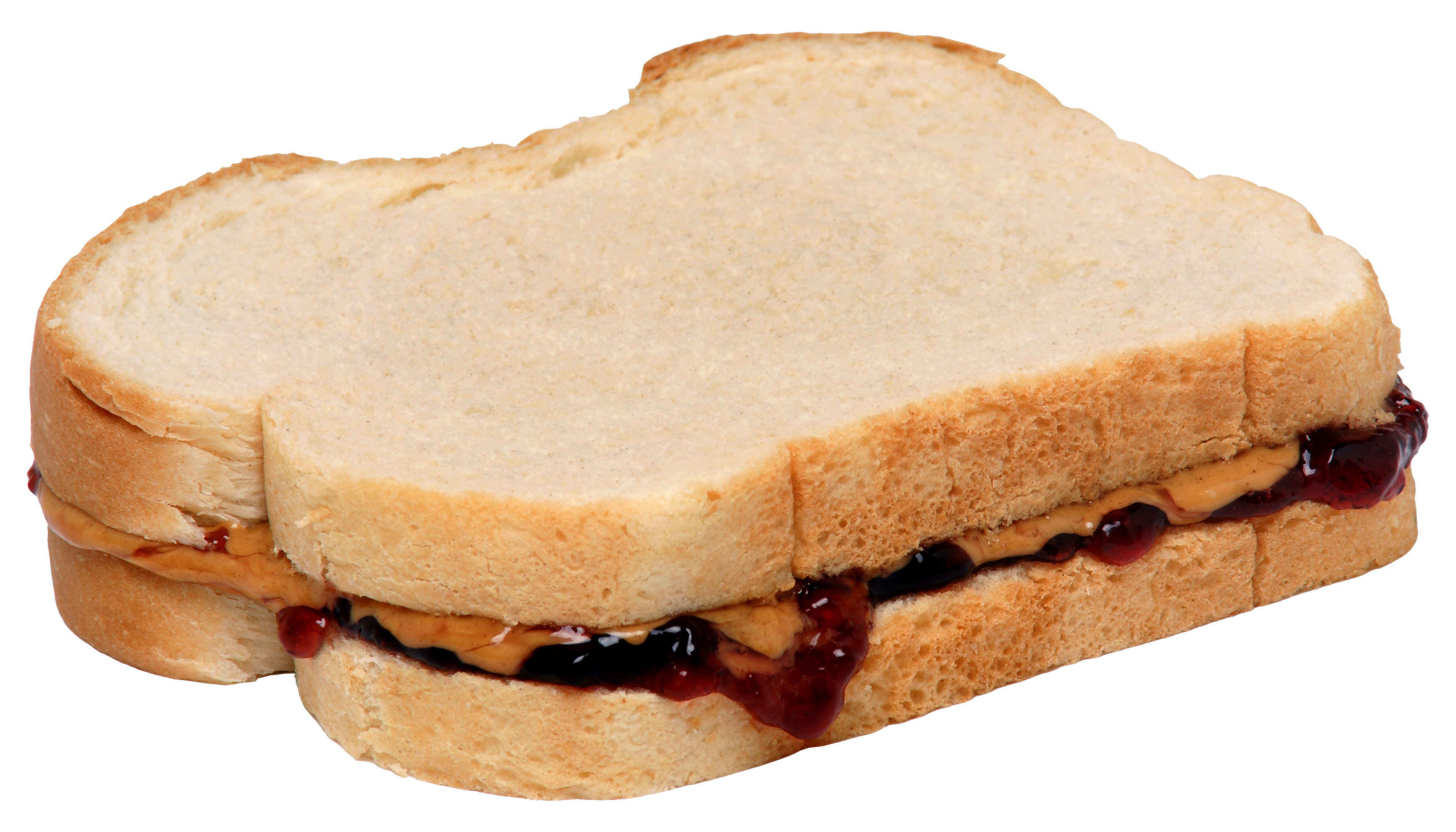
For use with Transliterating and Interpreting Studies classes
http://intrpr.info/docs/asl-english.html
This HTML/hypertext version ( January 20, 2024 ) supersedes any of the popular printed versions in that 1) it is more easily updated/distributed and 2) allows for additional footnoted and documented hypertexted media (research/text, video, etc.). This version also supersedes any other existing printed versions as well as the version printed in Humphrey[HI], J., Clark[HI], L., Featherstone[DI], J., and Ross III[HI], W. F. (2020). You want to be an interpreter (5th edition). Vancouver, WA: H&H Publishing.
All implied placements and relationships are relative; overlapping approaches drawn for distinction and not for accuracy. Subscripts on surnames (e.g., D, DI, H, HI or ?) identify that an author, researcher, contributor, or creator is Deaf, hearing, also an interpreter, or unknown. Additional credit to authors DParvaz[HI], Garrett[?] Jguk[?], Adrignola[?], and other unnamed contributors to the Visual Language Interpreting/Tools of the Trade wikibook for references to dates, contributors, and descriptions.
For clarity in modality, this document makes a distinction between SLs (sign(ed) languages) and SpLs (spoken languages), while also recognizing that linguistically and academically, a signed language can be 'spoken.'
The principle of contact sign systems is operational for other signed language code variations and adjacent spoken languages.
This is a comparative bilingual continuum for use with Deaf and Interpreting Studies students that identifies the diglossic and representative relationships of artificial (or 'contrived') manual codes of English (MCEs) historically derived between American Sign Language (ASL) and English.
It identifies 1) creators and contributors, 2) cultural (Deaf, hearing, or interpreter) status, and 3) MCE 'approaches' and other gestural MCEs that are English-derived but that may also be used with various deaf populations. (This code and content should be considered 'in development'; see this project's changelog and roadmap below.)
There are numerous sites and articles (and student projects) across the internet that mention or discuss this unique set of systems, their etymologies, variables, and pedagogical aims. This compilation is intended to empirically document this domain for students, colleagues, and other researchers. Feedback, additions, and corrections are appreciated.
Rhetorically, this artifact, while intended for a greater contribution to histories and historiographies in our field, is for discussion by Deaf and Interpreter Studies students in learning more about the praxis and context — but certainly not the advocacy for use — of these codes in educational and interpreted work. A future section of this artifact should/will likely be 'learning objectives.'
(In development.) 'Codes' differ from 'approaches' in that they are relatively defined (albeit loose or dotted-line) established manual representations of spoken English that follows fairly accepted lexical items and linguistic rules. (Add more here; Riley (2011), Crystal & Craig (1978) to define 'code')

(In development.) Approaches differ (and are visually designed differently) in that there are nuances in how principles of CASE or SSS translanguaging are 'used' to render a transliteration.
